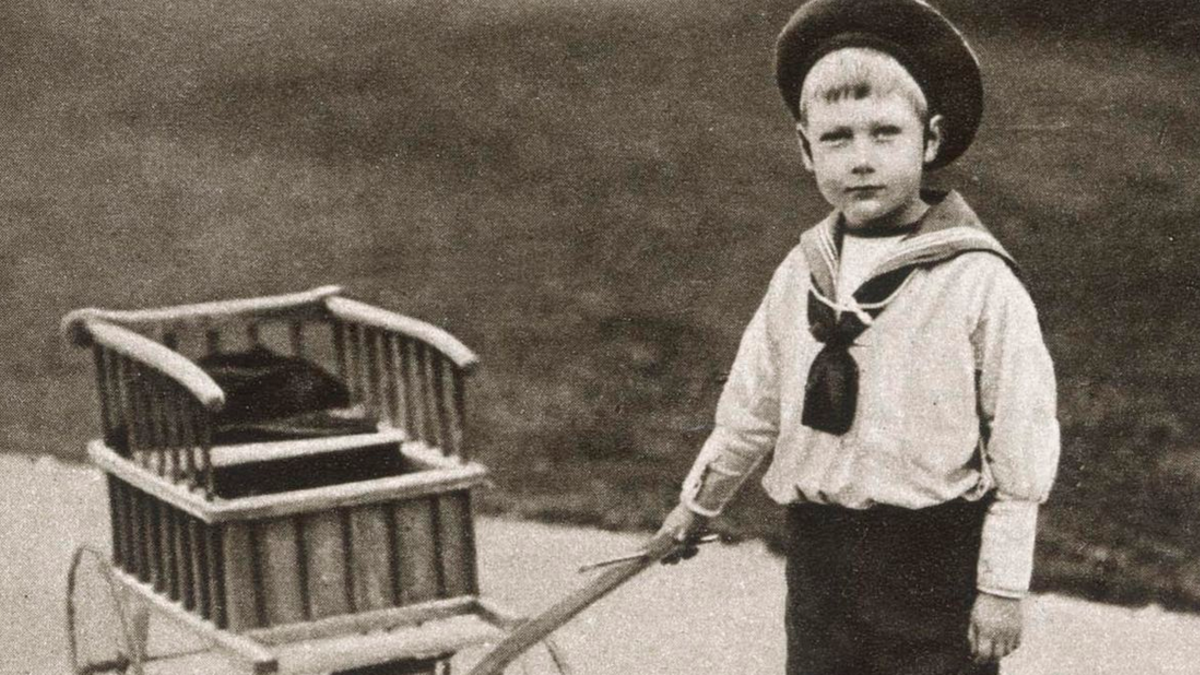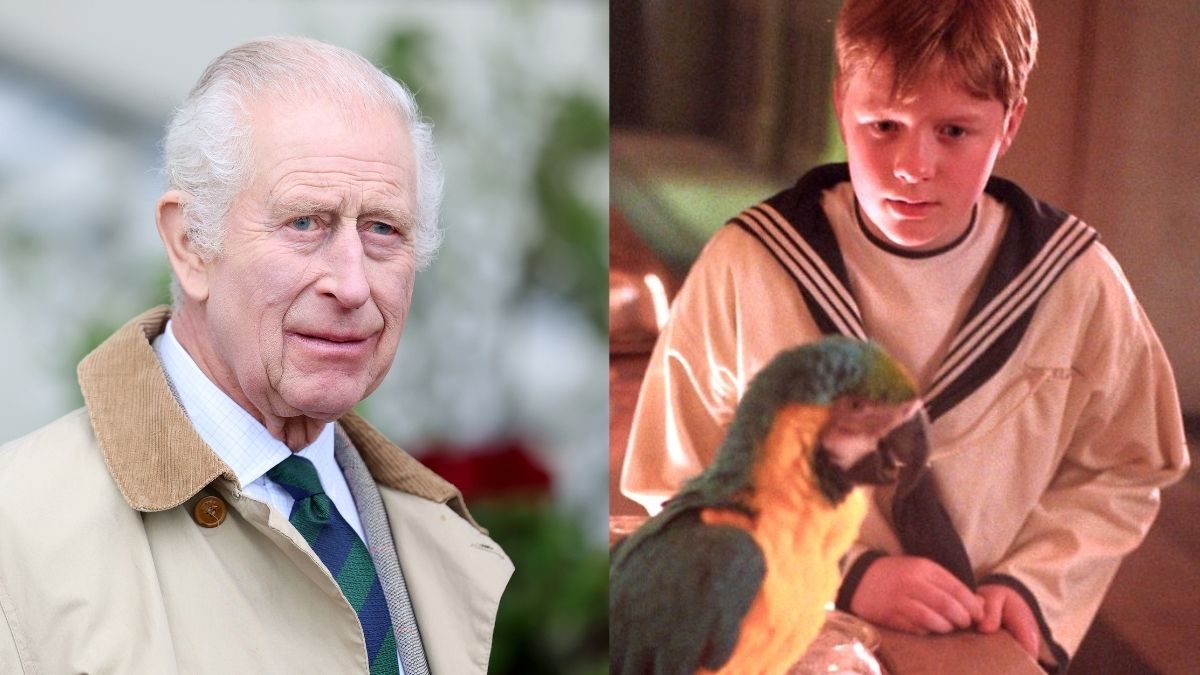There are many tragic stories in Royal Family history that the public knows all too well, but several have been forgotten in time too. One of the saddest is surely the heartbreakingly short life of Prince John, often nowadays dubbed “The Lost Prince.”
As the sixth and youngest child of King George V, Prince John was the little brother of George VI, Queen Elizabeth II’s father, meaning that he’s King Charles’ great-uncle. As the offspring of a king’s second son, he should’ve been able to remain out of the spotlight, but when Edward VII died unexpectedly in 1910 his father George became king, and John became fifth in line to the throne at the age of just 5.
John — known by family and friends as Johnny — was always a spirited child. As his father once told a visiting President Theodore Roosevelt “all my children are obedient, except John.” George V was noted to have been something of a strict father, but John alone escaped punishment from his father, despite being the most unruly of the bunch. Nonetheless, the Royal family was frustrated with his tendency to be “painfully slow” and for his outbursts. For this reason, he was kept away from his father’s coronation, as the family feared the embarrassment that could come from his acting out in public at such an auspicious event.
Deemed not “presentable to the outside world,” John was kept out of the public eye at Sandringham House, living essentially on his own at the outlying Wood Farm, “a satellite with his own little household,” where he was cared for by his loving governess, Charlotte “Lalla” Bill.
What was Prince John’s diagnosis and what happened to him?

The only official diagnosis John received during his lifetime came in 1909 when he was found to have epilepsy, as he suffered from seizures. However, given what we know of his behaviors, he was almost certainly what we would now classify as neurodivergent, with the prevailing theory being that he may have been autistic.
Due to the way John was kept out of the public eye and lived in almost isolation, not seeing much of his parents or siblings, many have criticized the Royal family for being ashamed of the young boy. The 2003 TV film The Lost Prince, which won three Emmy Awards, helped foster this attitude in pop culture. Some historians refute this claim, however, and maintain that George V and in particular his mother, Queen Mary, were very loving towards their youngest son.
For instance, when told of her son’s loneliness by Lala, Mary broke with tradition and invited local children to Wood Farm to become his playmates. John’s closest friend was a young asthmatic girl named Winifred Thomas, with the pair spending much of their time in Queen Alexandra’s garden, which she had given to her grandson as a gift and was noted to have been his favorite place.
Sadly, by 1916, John’s epilepsy had worsened severely and his seizures became more and more frequent. It was decided to keep him apart from the rest of the family as much as possible, so as not to alarm his siblings. In December 2018, he spent Christmas Day at Sandringham before being taken back to Wood Farm at night. On Jan. 18, 1919, John died in his sleep from a seizure, at the age of 13.
The Royal family, particularly his mother and grandmother, are known to have been devastated by his loss. One who wasn’t, though, was his elder brother Prince Edward — later Edward VIII and famed friend to Adolf Hitler — who described John’s death as “little more than a regrettable nuisance” in a callous letter to his mother. Mary condemned her son for his heartless words, forcing Edward to send another letter to apologize.
The way Prince John was treated may seem cruel to us now, but as the British Epileptic Association has noted it was not until 20 years after his death that it was finally understood that epilepsy was not a “mental illness.” Likewise, John’s secluded life meant that he was kept sheltered from the horrors of World War One. Nevertheless, the story of the Lost Prince remains a tragedy however you look at it.










Published: May 3, 2024 09:21 am